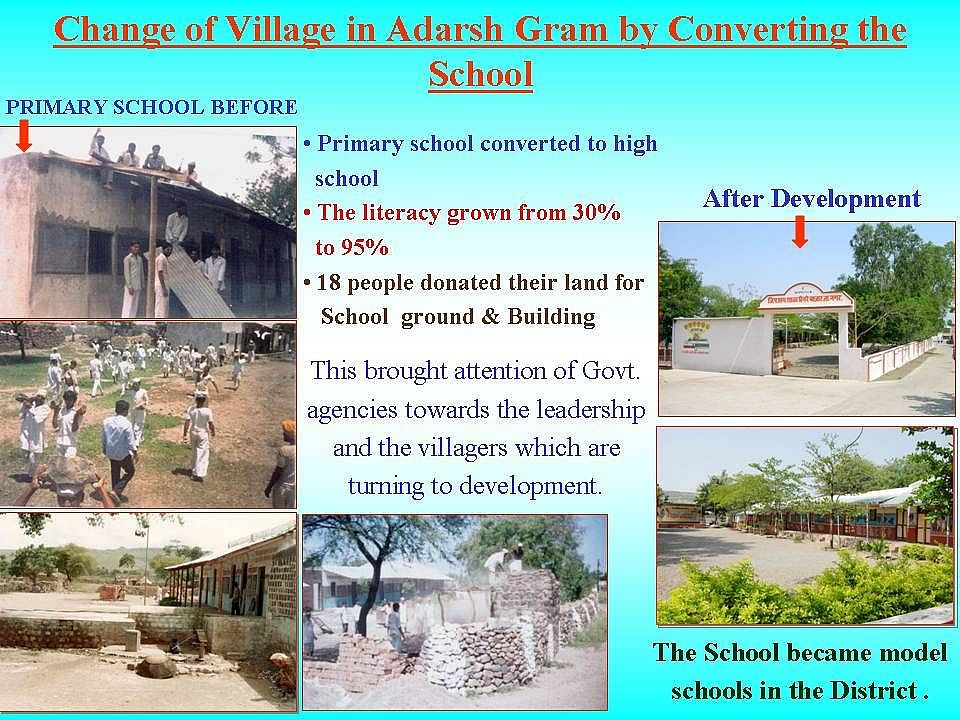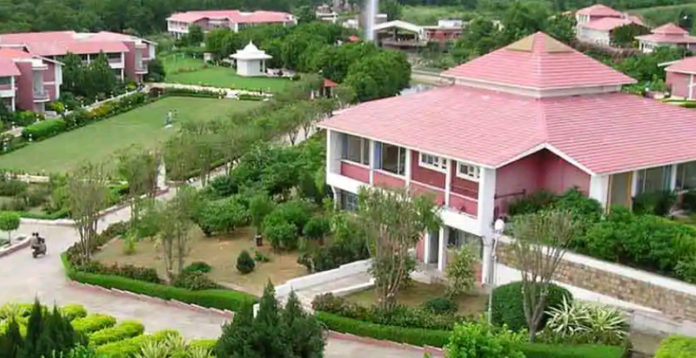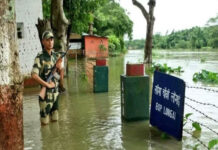We have all read about suicides in Vidharbha, crushing poverty in the villages of the nation. But here is the story of a village, that is truly a testimony of The Better India.
Hiware Bazar, situated in the Ahmednagar district of Maharashtra is India’s model village. The village with the highest GDP in the country.
Ensconced in the rain shadow area of the Sahyadari range , Hiware Bazar faced an acute water crisis and severe land degradation during the 1970s.
Each resident of Hiware Bazar village earns almost double of most of the country’s rural population.
Throughout the 1980s, the village had a rain fed farming situation which resulted in limited seasonal agriculture and forced the farmers to migrate to surrounding towns and cities for work. The village therefore was deprived of its sole source of income – agriculture and the inhabitants turned to local liquor production and selling, giving rise to criminal activities.
 Driven by a desire to improve the condition of the village, Popatrao Baguji Pawar came back to the village from Ahmednagar. In 1990, he won the elections and became the sarpanch. From there began the transformation of Hiware Bazar.
Driven by a desire to improve the condition of the village, Popatrao Baguji Pawar came back to the village from Ahmednagar. In 1990, he won the elections and became the sarpanch. From there began the transformation of Hiware Bazar.
A five pronged approach has been adopted for the socio-economic infrastructure of the village that includes :
Free labour
Ban on Grazing
Ban on Tree Cutting
Ban on Liquor
Family Planning
Shramdan has inculcated a work culture among the local people, making Hiware Bazar a model for community development. Ban of grazing & cutting trees has tremendously increased the production of grass and reforestation. Due to the family planning programme (One Family One Child) , the birth rate has been brought down to 11 per thousand. The Hiware Bazar Gram Sabha instituted a watershed development programme and imposed a complete ban on water intensive cultivation like sugarcane, banana. Since 2004, Hiware Bazar has been conducting an annual water audit, measuring the total availability of water.
Hiware Bazar is now reaping the economic benefits of the developmental schemes. Each village resident earns almost double of most of the country’s rural population.
As a result 32 families that had earlier migrated to nearby urban areas of Mumbai & Pune have come back. The process of social integration has led to the formation of Women Thrift groups, Milk Dairy Society, Youth Clubs, Common crematorium facility and numerous other co-operatives. Now they are going to start the Hiware Bazar brand for selling their local produce.


















































